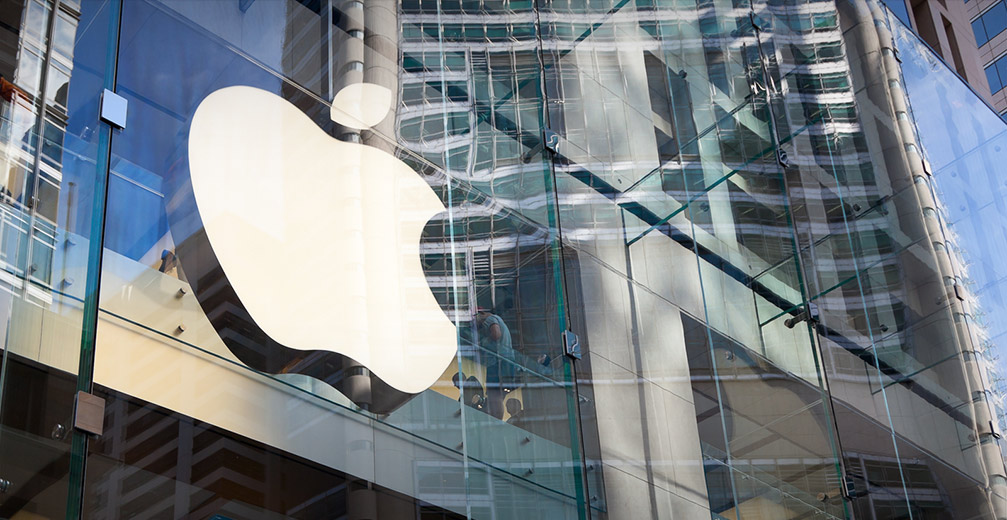Your contacts
Yet another trademark dispute has been taken to court by APPLE. This time, APPLE lodged a trademark opposition against the letter „j“ trademark of an Italian incorporation by the name „Steve Jobs“ in front of the Swiss Federal Administrative Court (FAC) (B-1176/2017 (FAC)).
After APPLE had failed to cancel the opposed trademark before the Institute for Intellectual Property (IPI), it appealed the case to the FAC. However, with its decision dated 10 January 2019, the FAC confirmed the ruling of the IPI and held that there is no likelihood of confusion between the APPLE trademarks and the opposed mark.
The court held that the overall impression and distinctiveness of a device mark with an inherent meaning is characterized by both its shape as well as its meaning. Thus, their similarity on either level contributes to a risk of confusion, whereas differences can prevent such a risk. In particular, a risk of confusion exists if the opposed mark only constitutes a variation or modernization of the prior trademark without conveying an individual impression.
Apple (fig.) Leaf (fig.) J (fig.)
CH P-502206 CH 640382 IR Nr. 1’292’997
In its assessment of the similarity of the signs, the court observed that the overall impression of the opposing trademark 1 (“the apple”) was characterized by a stylized apple (1) coloured in monochromatic black (2) with a semicircle semi-circular recess on the right side (3), and a leaf. The opposed trademark, in comparison, features the form of a stylized letter “j” (1) and is also coloured in monochromatic black (2) with a semi-circular recess on the right side (3) and an elliptical dot on the “j” (4). Furthermore, the opposed trademark incorporates the opposing trademark 2 (“the leaf”), thereby resulting in two matching characteristics, namely the form of the leaf (1) and its colouring in monochromatic black (2). Due to their accordance in three, respectively two, characteristic features, the court found the opposed mark and the opposing trademarks 1 + 2 visually similar.
However, despite their visual similarities, the court ultimately rejected a likelihood of confusion between the marks, stating that the opposed trademark lacked the decisive figurative element “apple” as transported by the opposing trademark 1. Furthermore, the opposing trademark 2 – although integrated in its entirety in the opposed mark – is trite and merely weakly distinctive. Therefore, the trademarks differ in their overall impression.
The outcome of the decision shows the weakness of the opposition procedure for famous trademarks, in which only a strict sign comparison is carried out and arguments such as exploitation of reputation are ignored. In order to assert claims in relation to an unfair reference to a famous trademark like APPLE, a cancellation claim before an ordinary court relying on the so called “famous trademark” according to Art. 15 of the Swiss Trademark Act or on an “unnecessary exploitation of reputation” according to Art. 3 lit. e of the Swiss Unfair Competition Act might be the more favorable way.
Further Information:








